Success
Choosing the Right Fitness Routine for You: Health Benefits and Local Experts
Looking to make good on those new years fitness resolutions you made a few weeks back, but don't know where to start? Not every sport is for everyone, but choosing the right one for you will help you stay motivated, achieve real results, and avoid injury.
Read on for a broad overview of some of the most accessible, beginner-friendly activities, their health benefits, and recommendations on the best fitness experts and clubs you can find locally:
Yoga or Pilates
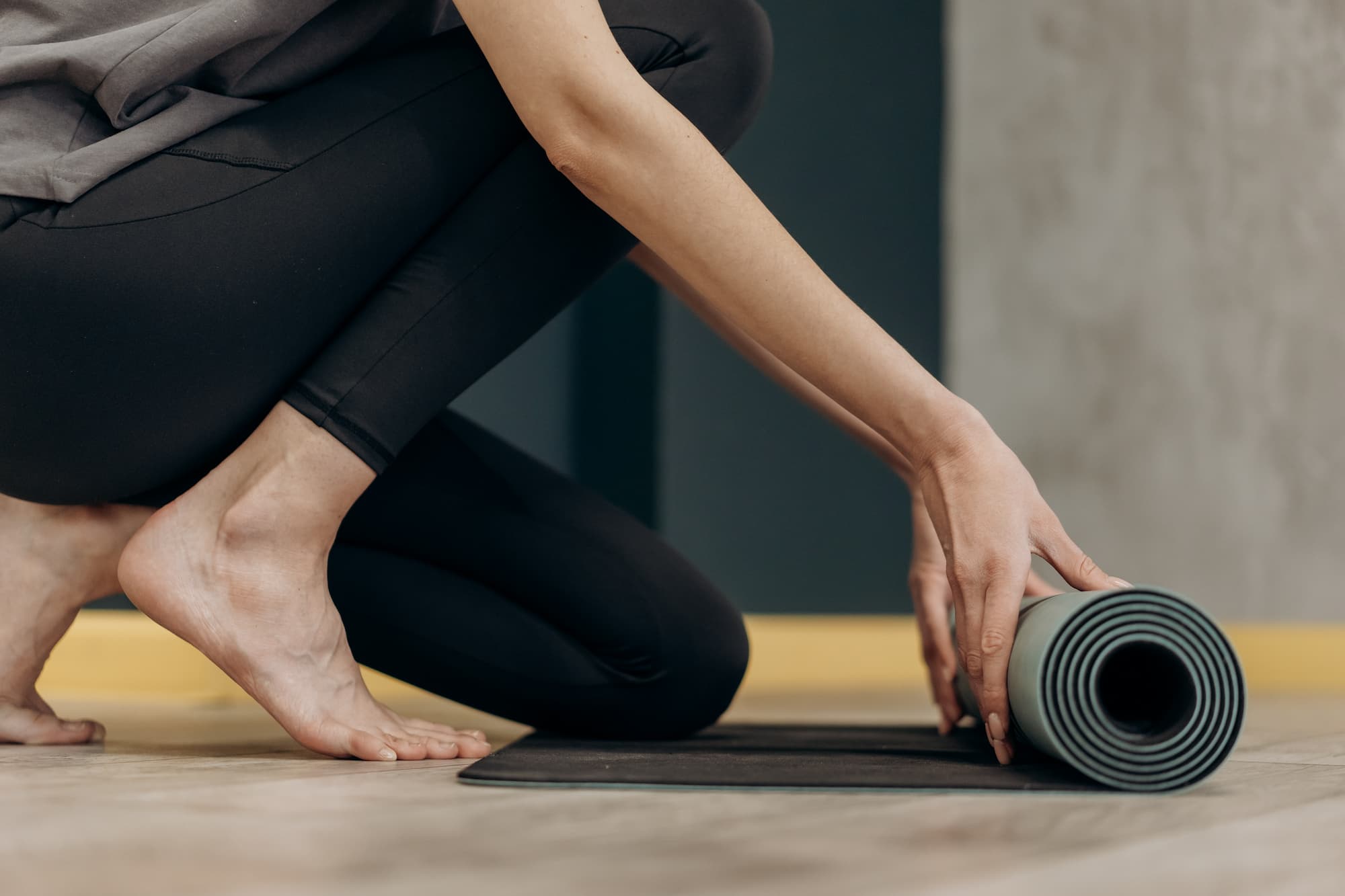
Ideal for those who want to improve posture and flexibility without putting too much pressure on their joints.
Benefits:
— Exercises are low-impact and easy to do at home.
— Due to their mind & body approaches, Yoga and Pilates can help to relieve muscular pain, improve heart health, and boost mindfulness.
Pilates has many things in common with Yoga but two of the main differences between them are that Yoga incorporates spiritualism and Pilates puts more of a focus on building abdominal strength.
Strength Training
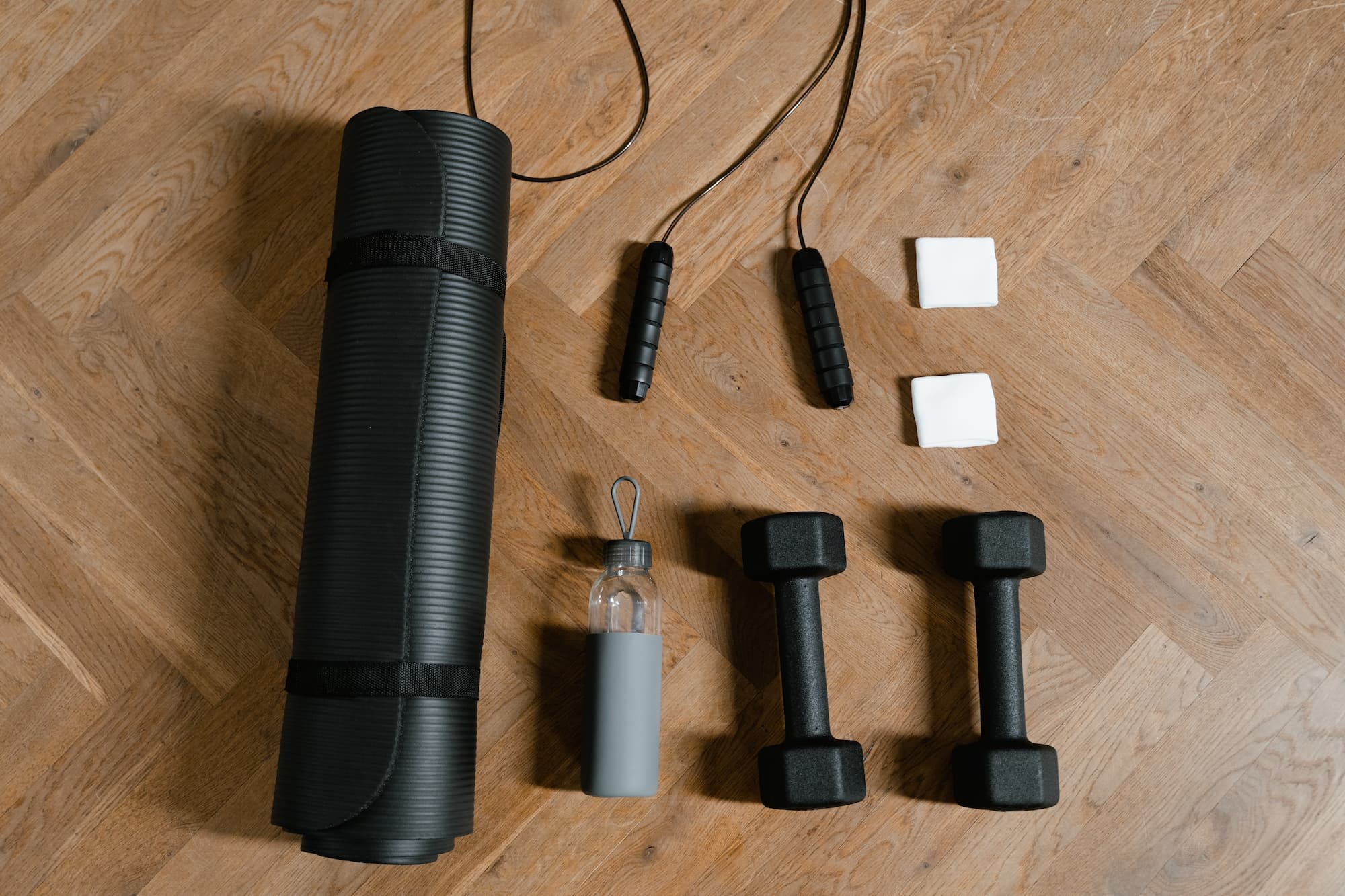
Strength Training involves a combination of weightlifting and bodyweight exercises. It might sound intimidating, but it's actually one of the most versatile, approachable, and affordable ways to work out. There are many different types, so do some research to find out which one works best for you.
Benefits: Increased strength, muscle mass, bone density, and heart health.
Many gyms offer a free personal training session when you first sign-up, so it's worth seeking advice from the experts on how to safely use the weight machines and lift properly.
Running/Jogging
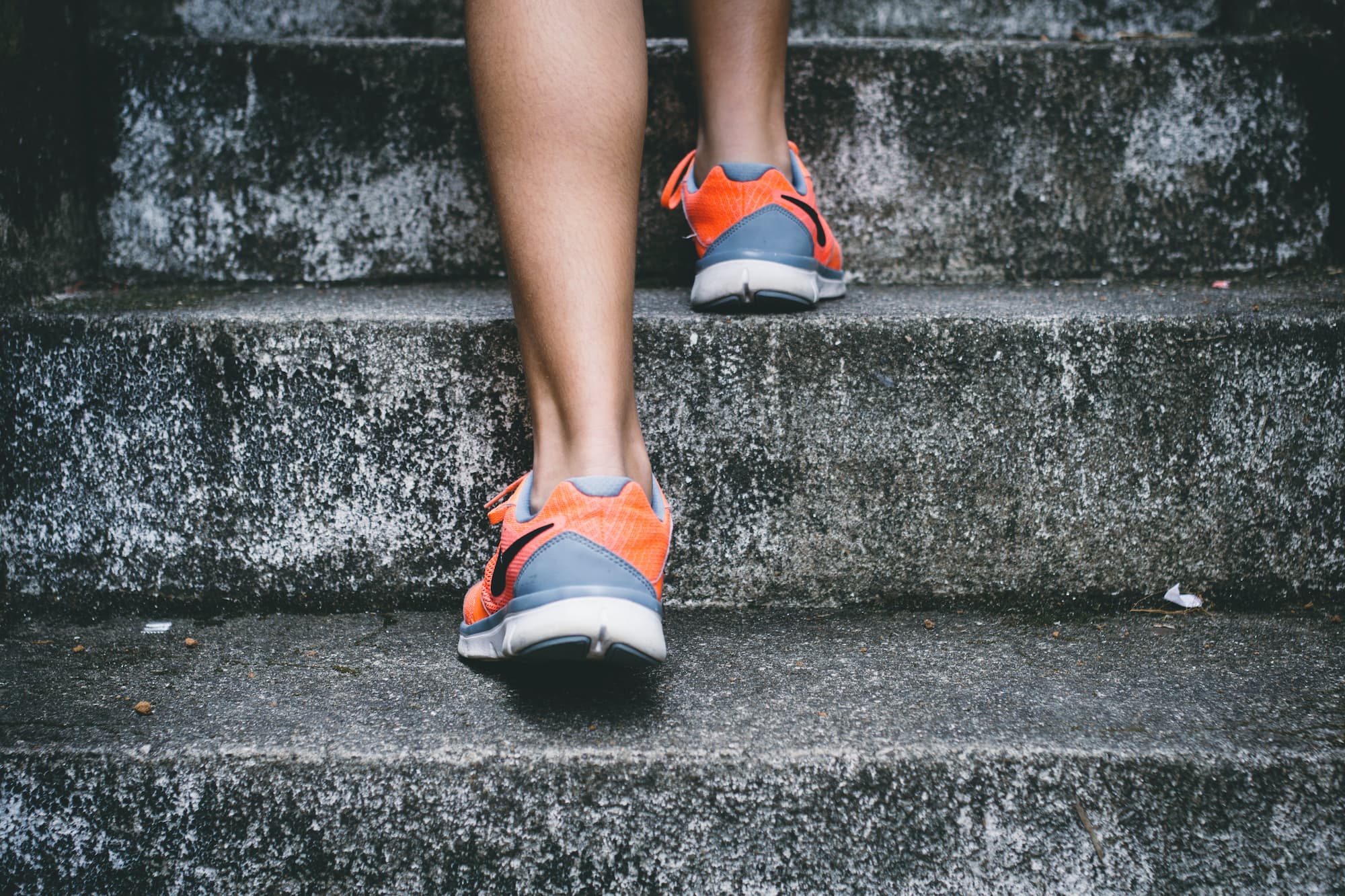
Running or jogging isn't for everyone, but it is one of the most straightforward ways of improving your fitness without having to join a gym or class.
Benefits: Strengthens muscles and bones in your legs, back and core and improves cardiovascular health while helping you burn calories.
Couch to 5K is a great resource for anyone who would like to start running but needs some guidance and motivation. Check out the Athletics Ireland plan here: https://www.athleticsireland.ie/beginners-to-5km/.
Swimming
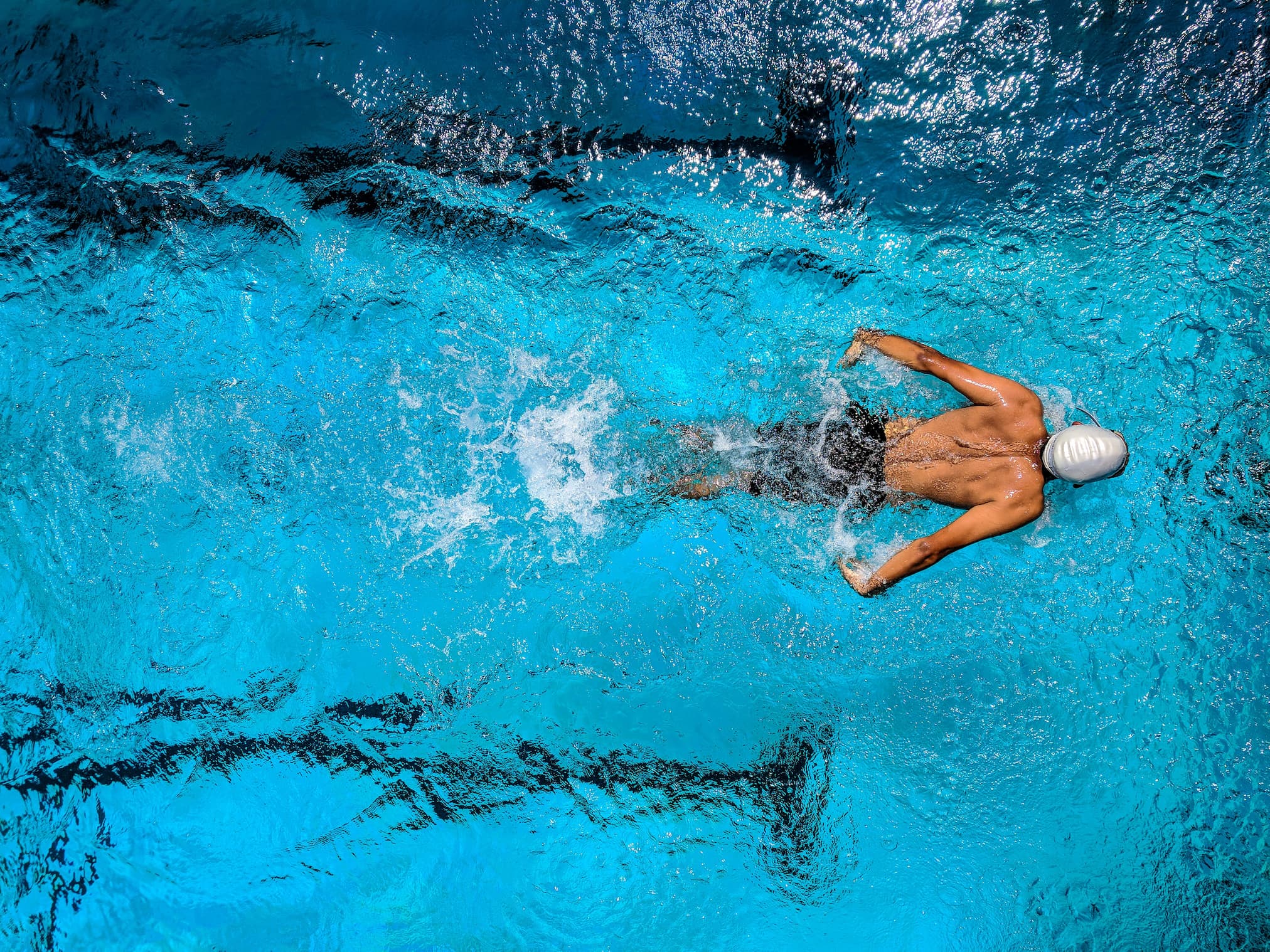
If it's a full-body, low-impact workout you're looking for, swimming is ideal.
Benefits: Gentle on your joints, improves cardiovascular fitness, helps expand your lung capacity, strengthens muscles.
Even if you're not too keen on swimming indoors, you might enjoy open water/wild swimming. Check out our guide here: https://xploreapp.io/xplore/news/the-benefits-of-wild-swimming-and-how-to-prepare-for-a-winter-dip-hujce
Cycling
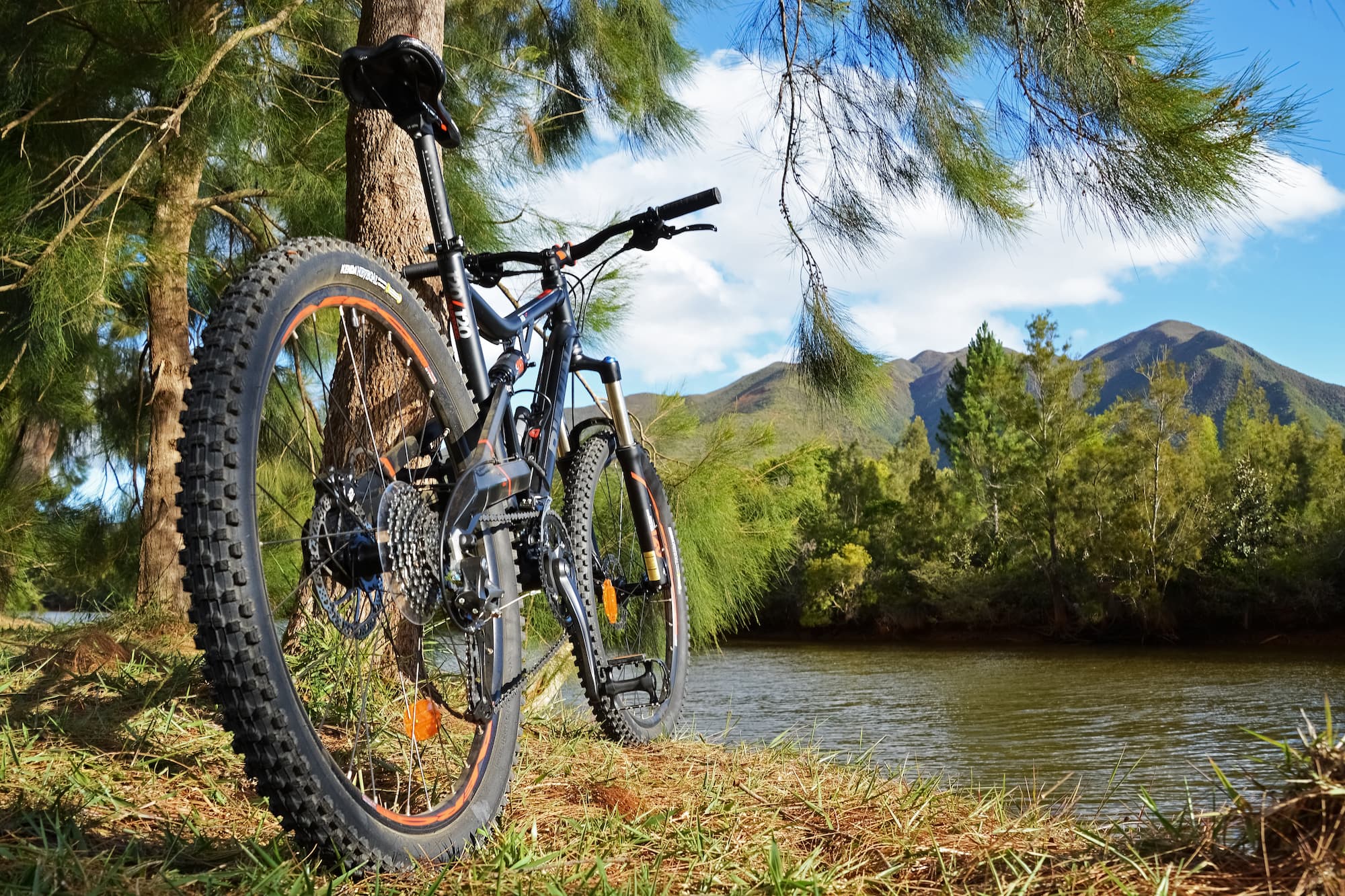
Cycling can be a very enjoyable way of easing yourself back into sports. With so many new cycling trails and greenways popping up around the country, it's a great opportunity to see the sights while getting some exercise in.
Benefits: Easier on the joints than jogging. Pedalling motion helps improve muscle and bone strength, circulation, and heart health.
Gardening
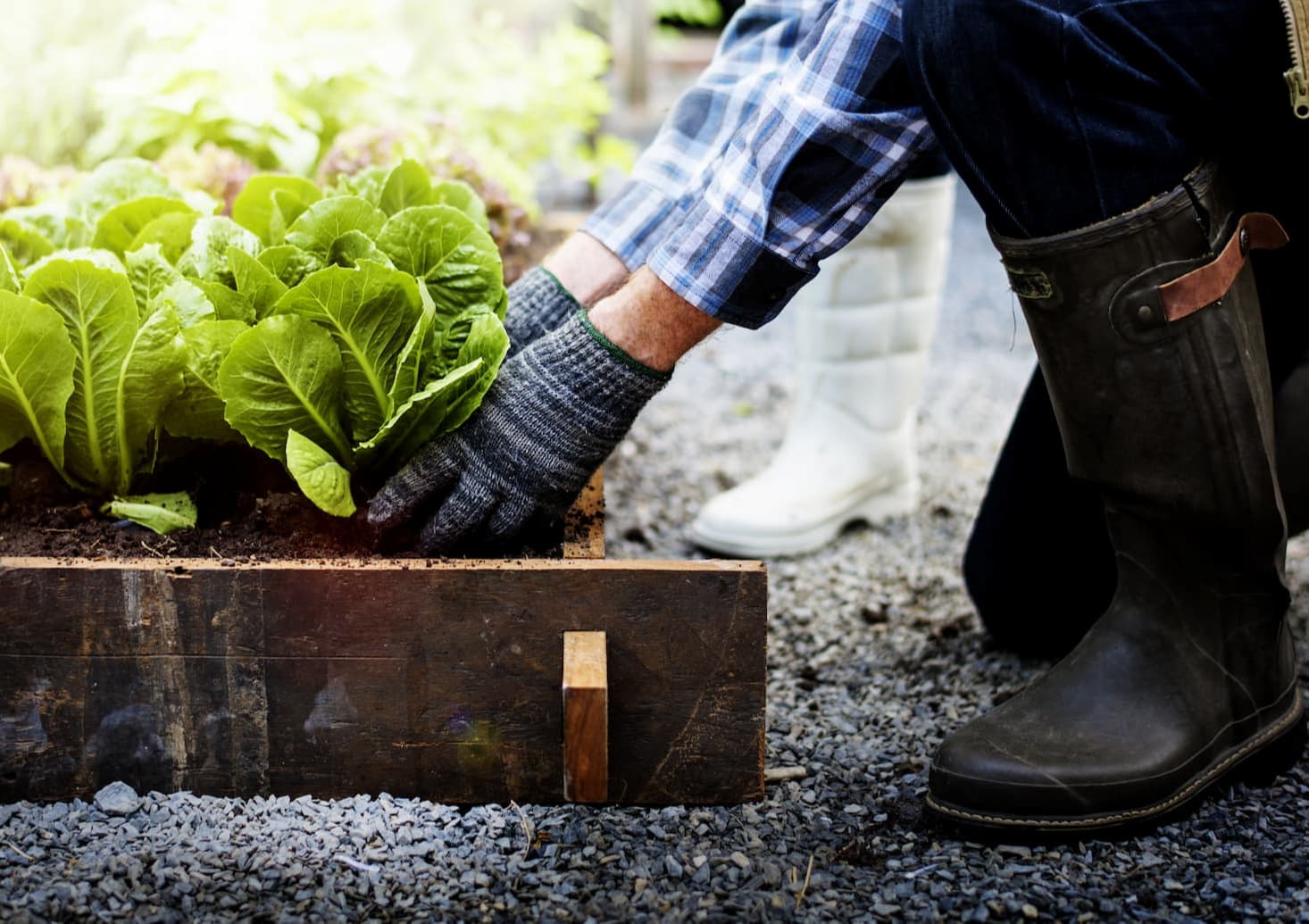
Gardening has been scientifically proven to have significant benefits for your physical as well as your mental health. It's especially ideal for anyone who suffers from age-related stiffness or other conditions that might make high-impact exercise difficult.
Benefits: Can help reduce feelings of depression and anxiety. Encourages you to spend more time outdoors interacting with nature which has been shown to improve overall health.
According to a recent study, thirty minutes of 'moderate intensity gardening' helped elderly people achieve their recommended level of exercise for the day. Read here to find out more: https://xploreapp.io/xplore/news/gardening-makes-us-happier-and-healthier-research-shows-uoesc.
. . .
From sports clubs and wellness experts to bike shops and gardening centres, you might be surprised by the number of local outlets and organisations in your community that can offer a helping hand. Keep an eye out next week for our tips on how to get back into team sports.